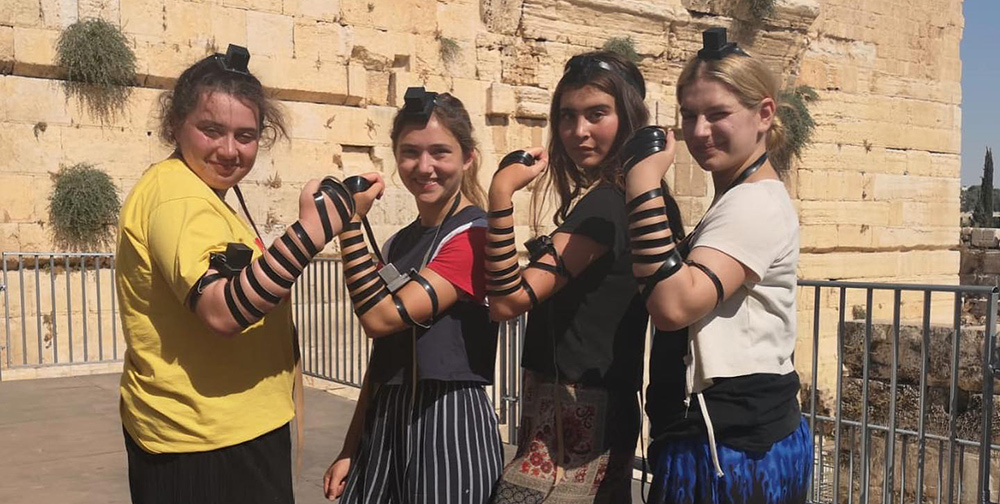Be Betrothed Unto Me…

Question: A traditional Ketubah indicates the status of the bride, who is described either as a virgin, divorcee, convert or widow. What is the proper way to write the Ketubah of a couple who have lived together before their marriage? What is the proper wording of aKetubah for a woman who had been previously married to a non-Jew, and is now entering her first Jewish marriage?
Answer: The traditional Ketubah went through many changes before it reached its present form. The Talmud [BT:Ketubot82b] states: At first they used to give merely a written undertaking in respect of the kethubah’¦and consequently they grew old and could not take any wives. It was then ordained’¦however, when the husband was angry with her he used to tell her, ‘Go to your kethubah’. It was ordained’¦Still, whenever the husband had occasion to be angry with his wife he would say to her, ‘Take your kethubah and go’. It was then that Simeon b. Shetahordained that the husband must insert the pledging clause, ‘All my property is mortgaged to your kethubah’.
The traditional Ketubah states a sum of money the groom is obliged to pay his wife in the case of divorce. This was to guarantee that the wife did not leave the marriage empty-handed. As a young maiden had better prospects of marriage than other women, the prospective husband had to guarantee her higher compensation in the event of divorce. The traditional sum is 200 zuz in the case of a virgin and 100 zuz for any other bride. This is known as the basicKetubah.
R. Moshe IsserlisPoland, 16thCentury rules that theKetubahmust also state whether the bride was a divorcee so that it would be known that she was not permitted to marry a Kohen. Otherposkim, for similar reasons, have added that the Ketubah should state whether the bride is a widow or convert. In historical Ketubotthere are several other categories that have been used.
The case of a non-virgin bride appears in traditional sources. Maimonides rules that the husband ‘writes her Ketubah like all other young maidens.’ [MTNa’araBetulah :3] The widespread practice of couples openly living together was unknown in the pre-modern world. Basing himself on Maimonides, R DZ Hoffman [Germany, 19th century] rules that one should not change the traditional wording of the Ketubah, so as not to cause embarrassment. [Melamed Leho’il, EH:23] It follows that the term virgin in a modern Ketubah simply means ‘previously unmarried’. Thus, in all cases where the bride has not been married before, the term betulta (virgin) is used.?
However, where the wife is known in public as a married woman, referring to her as a virgin is inappropriate. In this case, the generic termittata– literally ‘woman’ – is used. This is what is done in the case of a woman who has children or is a divorcee from a previous civil marriage.
Regarding the sum of the Ketubah, Rabbi Moshe Feinstein [USA, 20th century] rules that whenever the term Betulta is used, the sum should be 200 zuz [Igrot Moshe EH Part 1, 101]. There is nothing that prevents the husband increasing the sum specified in the Ketubah to beyond that demanded by the strict letter of the law, and therefore the Ketubah for a first marriage should be 200 zuz, regardless of whether this is strictly required by law.
Rabbi Chaim Weiner is Av Bet Din of the European Masorti Bet Din and Director of Masorti Europe.



